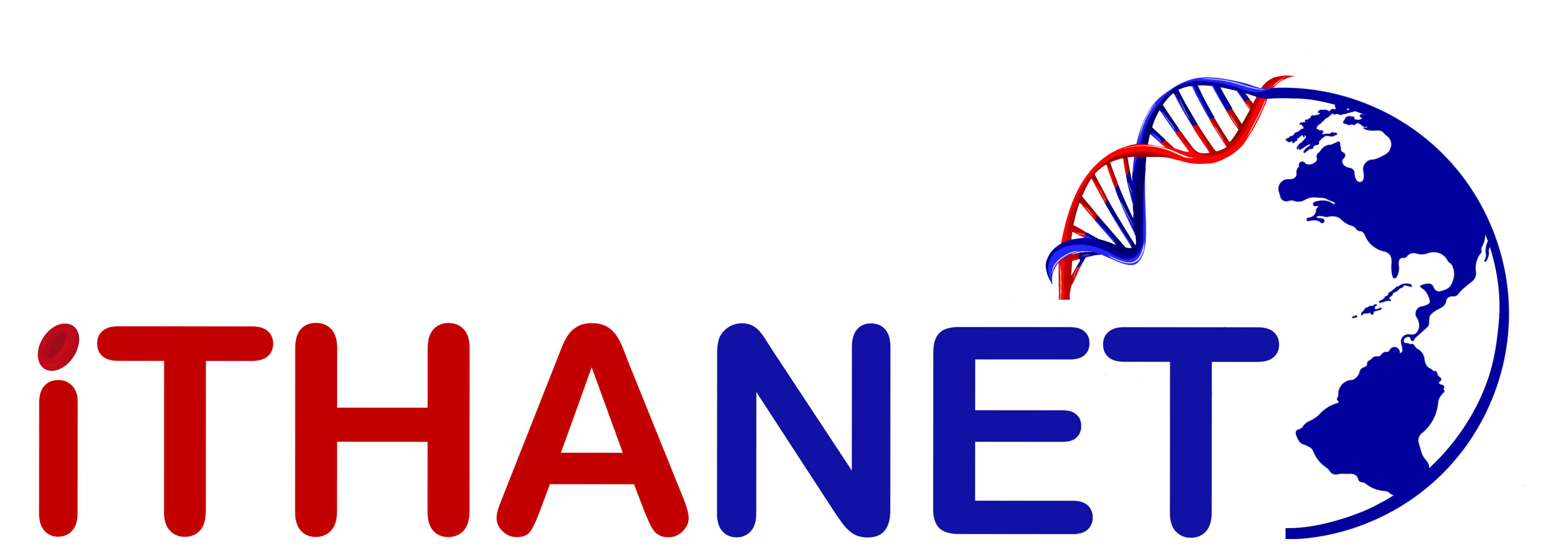IthaID: 2085
Names and Sequences
| Functionality: | Disease modifying mutation | Pathogenicity: | N/A |
|---|---|---|---|
| Common Name: | CD 175/176 (+7bp): (+CGGCGCC) | HGVS Name: | NG_013087.1:g.6493_6499dupCGGCGCC |
We follow the
HGVS sequence variant nomenclature
and
IUPAC standards.
Context nucleotide sequence:
ACCGGTGTACCCGGGGCCCGGCGCC [-/CGGCGCC] GGCTCCTCGGGTGGCTACTTCCCGC (Strand: -)
Comments: Protein change: G176Rfs. Compound heterozygote with p.R301H and p.A298P. Abnormally low levels of the red cell enzyme pyruvate kinase, a known cause of CNSHA. Severe, transfusion dependent hemolytic anemia. Persistent expression of fetal hemoglobin and expression of large quantities of embryonic globins in post-natal life. Associated with increased production of HbF and with borderline HbA2. Co-segregated with β-thalassaemia trait in a family from China, while co-inheritance with β0-thalassaemia resulted in a markedly reduced β-globin expression and thus Hb A levels in utero.
Phenotype
| Allele Phenotype (Cis): | N/A |
|---|---|
| Allele Phenotype (Trans): | Increased expression for ε Increased expression for Aγ or Gγ |
| Associated Phenotypes: |
Hb F levels [HP:0011904] [OMIM:141749] Anaemia [HP:0001903] |
Location
| Chromosome: | 19 |
|---|---|
| Locus: | NG_013087.1 |
| Locus Location: | 6500 |
| Size: | 7 bp |
| Located at: | KLF1 |
| Specific Location: | Exon 2 |
Other details
| Type of Mutation: | Point-Mutation(Insertion) |
|---|---|
| Effect on Gene/Protein Function: | Frameshift (Translation) |
| Ethnic Origin: | Chinese, Vietnamese, Korean, Thai |
| Molecular mechanism: | N/A |
| Inheritance: | Quantitative trait |
| DNA Sequence Determined: | Yes |
In silico pathogenicity prediction
Sequence Viewer
Publications / Origin
- Gallienne AE, Dréau HM, Schuh A, Old JM, Henderson S, Ten novel mutations in the erythroid transcription factor KLF1 gene associated with increased fetal hemoglobin levels in adults., Haematologica , 97(3), 340-3, 2012 PubMed
- Wang Z, Luo G, Ji Y, A novel 519_525dup mutation of KLF1 gene identified in a Chinese blood donor with Lu(a-b-) phenotype., Transfusion , 53(7), 1619-20, 2013 PubMed
- Viprakasit V, Ekwattanakit S, Riolueang S, Chalaow N, Fisher C, Lower K, Kanno H, Tachavanich K, Bejrachandra S, Saipin J, Juntharaniyom M, Sanpakit K, Tanphaichitr VS, Songdej D, Babbs C, Gibbons RJ, Philipsen S, Higgs DR, Mutations in Kruppel-like factor 1 cause transfusion-dependent hemolytic anemia and persistence of embryonic globin gene expression., Blood , 2014 PubMed
- Lou JW, Li DZ, Zhang Y, He Y, Sun MN, Ye WL, Liu YH, Delineation of the molecular basis of borderline hemoglobin A2 in Chinese individuals., Blood Cells Mol. Dis. , 2014 PubMed
- Liu D, Zhang X, Yu L, Cai R, Ma X, Zheng C, Zhou Y, Liu Q, Wei X, Lin L, Yan T, Huang J, Mohandas N, An X, Xu X, Erythroid Krüppel-like factor mutations are relatively more common in a thalassemia endemic region and ameliorate the clinical and hematological severity of β-thalassemia., Blood , 2014 PubMed
- Huang LY, Li J, Zhang Y, Li DZ, A KLF1 gene mutation causes β-thalassemia minor in a Chinese family., Int J Lab Hematol , 40(2), e35-e37, 2018 PubMed
- Xie XM, Liu YN, Li J, Jiang F, Li DZ, A Gene Mutation Ameliorates the Severity of -Thalassemia: A Case Report., Hemoglobin, 43(2), 137-139, 2019 PubMed
